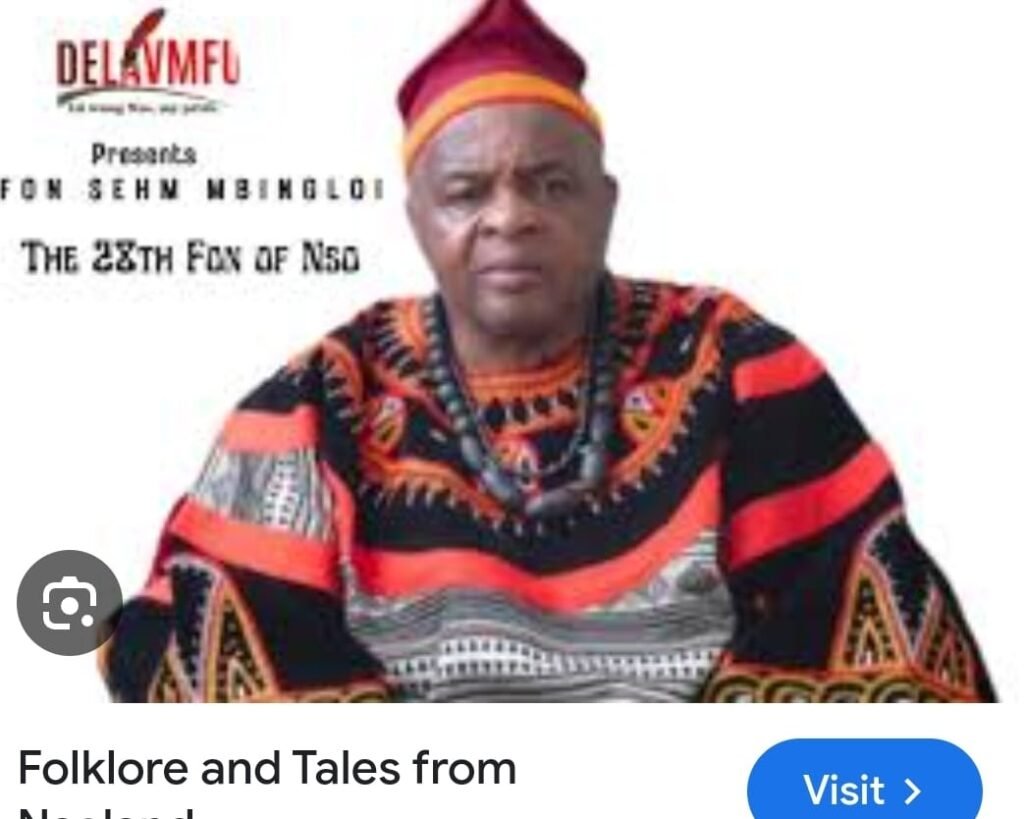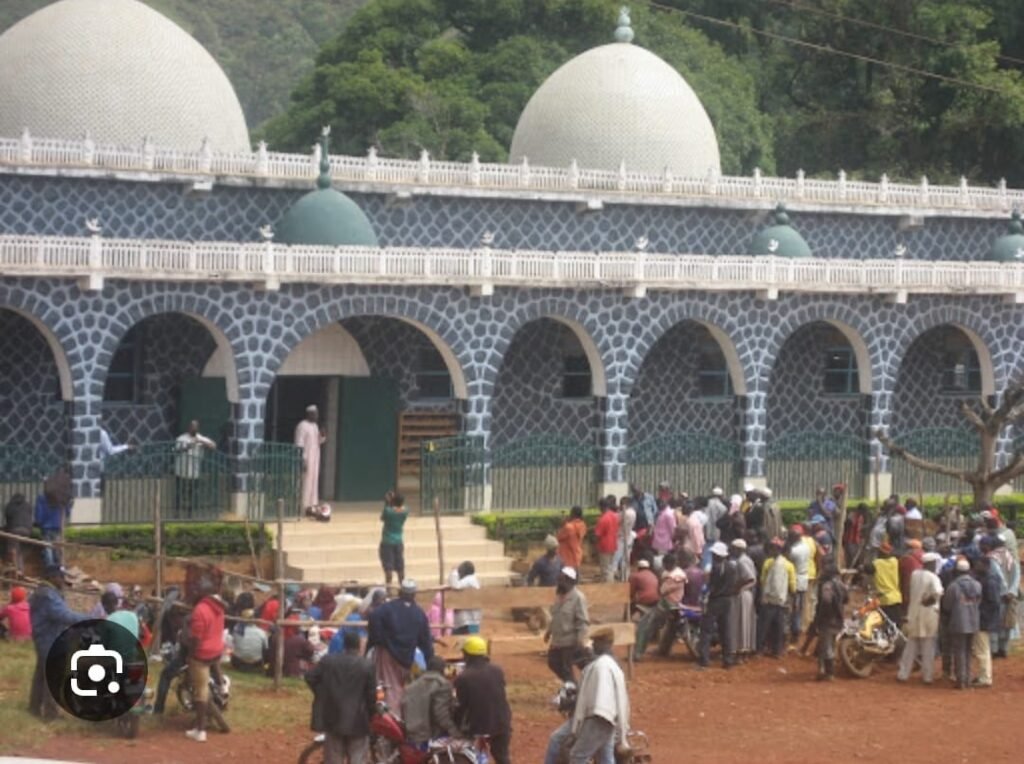Cultural Identity
Showcasing our leadership to our readership.
The Nso people are a fascinating group with a rich culture in the Northwest Region of Cameroon. Here’s a breakdown of some key aspects:

His Royal Hiness The Fon of NSO
Meeting the History
- Believed to be a subgroup of the Tikar people, they migrated to their current location around 1387 [Wikipedia: Nso people].
- Their traditional language is Lamnso, but many Nso also speak French and English [101 Last Tribes: Nso people].
Religion and Culture
- Ancestor veneration and belief in jujus (masked spirits) are important aspects of Nso religion [Wikipedia: Nso people].
- These jujus appear during celebrations and funerals, adding a vibrant performance element [101 Last Tribes: Nso people].
- The Nso are skilled artists known for their beadwork, masks, and carvings [The Artistic Performance and Social Significance of Nso].

The kingdom
Society and Hierarchy
- The Nso have a strong centralized monarchy led by the Fon, who resides in the grand palace at Kumbo [North West Cameroon: Remarkable Cultures I- The Nso People].
- A complex social structure exists with various titles like Shufai (warriors), Nsom (councillors), and secret societies like the Ngwerong and Ngiri [An Overview of the Different Traditional Caps of the Nso State in Cameroon].
Livelihood and Agriculture
- Primarily farmers and fishermen, the Nso cultivate crops like corn, irish potatoes, and their main cash crop, coffee [101 Last Tribes: Nso people, The Artistic Performance and Social Significance of Nso].
- Corn fufu with huckleberry is a staple food [North West Cameroon: Remarkable Cultures I- The Nso People].
Banin is Nso in miniature in the UK, the culture represented in the Diaspora